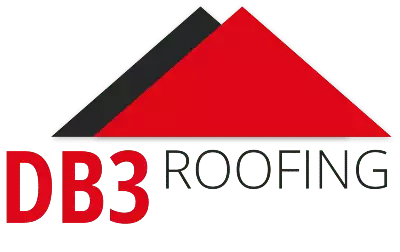
Roofing materials have become increasingly durable thanks to the latest advances in roofing technology, with attendant benefits such as increased cost-effectiveness and energy efficiency. In deploying such advances, it is best to consult only the most reliable and reputable roofing companies.
Once perceived as the primary means to protect a structure from nature, roofing technology has become a vital element of sustainability in construction. This ranges from the type of roofing materials used and their specific application, from industrial to commercial buildings.
Traditional roofing technology increases operating costs due to its largely inefficient heating and cooling requirements. This has seen much more of a focus on durable roofing materials that can withstand a broad temperature and weather range.
Solar Reflection
Roofing materials that result in ‘cool roofs’ tend to reflect more sunlight than they absorb. This is particularly effective in summer, where the main aim is to prevent excessively high internal temperatures. ‘Cool’ roofing materials slash energy costs and reduce the indoor temperature as well as the external or urban heating effect.
A recent development in roofing materials is solar rooftop panels or tiles that blend in with the roof design for a pleasing aesthetic effect. The fact that solar roof tiles become part of the roofing structure increases the surface area they can cover. This is because solar roof tiles are much more compact than traditional solar panels, which require careful mounting and positioning. The former converts sunlight into electricity through a solar inverter.
Insulation
‘Green’ roofing materials have a much higher R-value, a term used by the construction industry to indicate the thermal resistance per unit area. When it comes to roofing materials, this is expressed in R-value per meter. The R-value is a multiplying factor in terms of layers, meaning a higher R-value indicates an improved performance.
Synthetic Roofs
These roofing materials often combine polymetric blends and glass fiber to maximize energy efficiency. Examples include polyvinyl chloride (PVC) and thermoplastic polyolefin (TPO), which also offer added water resistance during the rainy season.
The advantage of synthetic roofing materials is that they commonly resemble traditional materials such as slate and terracotta but are much lighter and cheaper. Synthetic materials are integral to sustainable roofing technology.
Fireproof Roofing
Here heat- and fire-resistant materials function to draw away heat. They range from asphalt to metal, wood, clay tiles, concrete, shingles, plastic composites and even rubber roofing. Clay tile and concrete roofing materials are highly energy-efficient options over more traditional materials since they can be used to absorb and even store solar energy.
Ventilation
Roofing materials must accommodate sufficient airflow to prevent hot air from becoming trapped and heating the interior, adding to the strain imposed on the cooling system. Therefore, adequate ventilated roofing materials are a relatively inexpensive technological intervention to boost energy efficiency.
About DB3 Roofing
We are an experienced roofing company based in North Texas and serving the entire Gulf Coast, operating in nine states. Our fully certified, insured, and highly experienced crews repair and install new roofs for commercial and residential properties, both big and small. Contact us for the latest in roofing materials and roofing technology.

